Federal spending is heading for a fiscal cliff while millions of retirees are starting to draw Federal benefits.
We know two things about the future:
1. Borrowing 35% of Federal expenditures every year is unsustainable. (2012 Federal budget = $3.8 trillion, Federal deficit = $1.3 trillion, 34.2% of every Federal dollar spent is borrowed)
2. The
Baby Boom generation of 75+ million may be working longer, but they are also retiring en masse, joining the ranks of Social Security and Medicare beneficiaries at the rate of 10,000 per day, a flood that will not ebb until the late 2020s. (The Baby Boom is generally defines as those born between 1946 and 1964, though many quibble with the 1964 date. The choice of parameter doesn't change anything about the consequences.)
The first Boomers qualified for early Social Security retirement (age 62) in 2008 and for Medicare (age 65) in 2011. The biggest cohort years (almost 4 million a year) will start reaching early retirement (62) in 2014 and Medicare (65) in 2017. The number of people entering these programs will rise every year from 2014 to 2020, and then remain constant at 4+ million a year until 2025.
Here are three views of the Baby Boom for context:
Frequent contributor B.C. calls this enormous transfer of people from wage earners to retirees drawing government benefits the demographic drag, as it will reduce consumer spending, wages and taxes while dramatically increasing Federal spending.
Here is a chart courtesy of B.C. that overlays year-over-year changes in private-sector wages+Federal expenditures, Treasury bond yields and the consumer price index (CPI). Note the downtrend in wages+Federal spending and Treasury yields, and the range-bound CPI.
Here is B.C.'s commentary:
The sum of the year-over-year change rates of wages and Federal spending is deeply into historical recessionary/depression territory. With the demographic drag and fiscal cliff constraints ahead, who knows how slow the rate will be hereafter, and for how long.
B.C. also submitted this year-over-year chart of Federal expenditures. Despite the unprecedented size of Federal deficits, both in dollars and as a percentage of peacetime budgets, the recent spurt of spending growth was lower than previous spikes.
To reduce the deficit--i.e. address the "fiscal cliff"--Federal spending will have to decline for many years. Such an extended period of declining Federal spending would be unprecedented.
This raises the obvious question: if Federal spending must decline, then where is the money going to come from to fund 65 million more retirees? Calling the Central Bank of Mars: Greetings, Martian friends. Please send us 10 trillion quatloos every year from now until 2029. We promise to pay you in 2030 (heh).
 Resistance, Revolution, Liberation: A Model for Positive Change (print $25)
Resistance, Revolution, Liberation: A Model for Positive Change (print $25)
(Kindle eBook $9.95)
We are like passengers on the Titanic ten minutes after its fatal encounter with the iceberg: though our financial system seems unsinkable, its reliance on debt and financialization has already doomed it.We cannot know when the Central State and financial system will destabilize, we only know they will destabilize. We cannot know which of the State’s fast-rising debts and obligations will be renounced; we only know they will be renounced in one fashion or another.
The process of the unsustainable collapsing and a new, more sustainable model emerging is called revolution.Rather than being powerless, we hold the fundamental building blocks of power. We need neither permission nor political change to liberate ourselves. A powerless individual becomes powerful when he renounces the lies and complicity that enable the doomed Status Quo’s dominance.
| Thank you, D.M.T. (gift), for yet another supremely generous contribution to this site--I am greatly honored by your steadfast support and readership. |
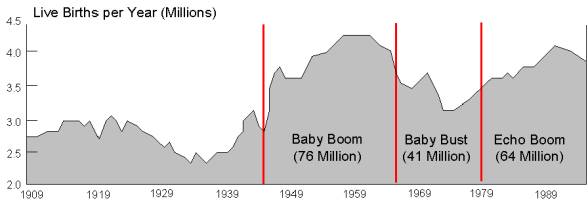
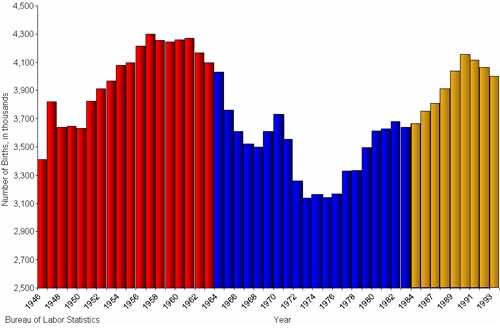
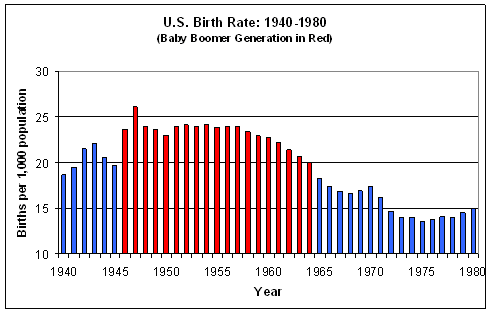
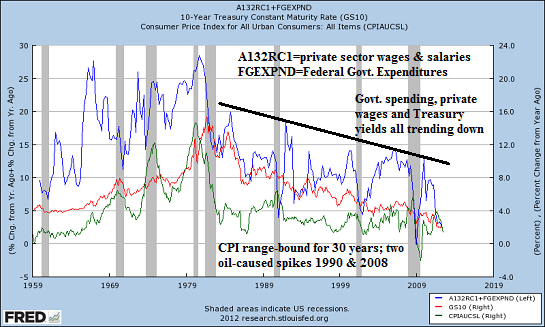
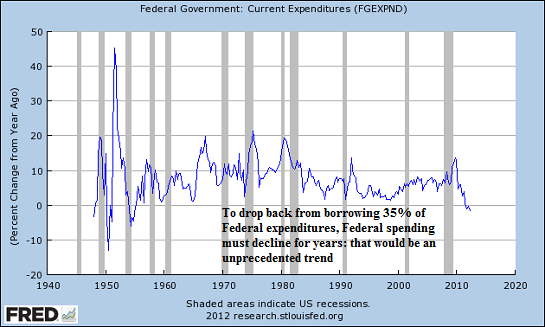
 Resistance, Revolution, Liberation: A Model for Positive Change (print $25)
Resistance, Revolution, Liberation: A Model for Positive Change (print $25)


























